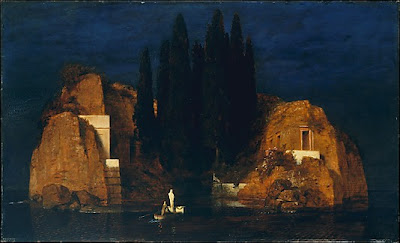"Art does not
reproduce the visible; rather, it makes visible."
Paul Klee (1879-1940) was a German-Swiss painter born in
Switzerland. He was influenced by several different art movements like cubism,
expressionism, and surrealism. He was really into color theory and even wrote
about it at length. Klee and his friend Wassily Kandinsky taught at the German Bauhaus
School of Art, Design, and Architecture.
Because he was influenced by so many different movements,
his art changed over time. He went from surrealist to abstract cubist to a
mosaic style of pointillism. His late works were more indecisive as far as
themes. He became ill and began focusing on his personal fate and politics at
the time. He also used hieroglyphic-like elements in his paintings.
When Klee died, he left behind about 9,000 works. His son
Felix left Klee’s ideology on his tombstone: "I
cannot be grasped in the here and now, For my dwelling place is as much among
the dead, As the yet unborn, Slightly closer to the heart of creation than
usual, But still not close enough."
 |
| Third Invention: Jungfrau im Baum, 1903 |
 |
| Fenster und Palmen, 1914 |
 |
| Flower Myth, 1918 |
 |
| Senecio, 1922 |
 |
| Ad Parnassum, 1932 |
 |
| Zeichen in Gelb, 1937 |
 |
| Die Vase, 1938 |
 |
| Death and Fire, 1940 |



























+1937.jpg)






















